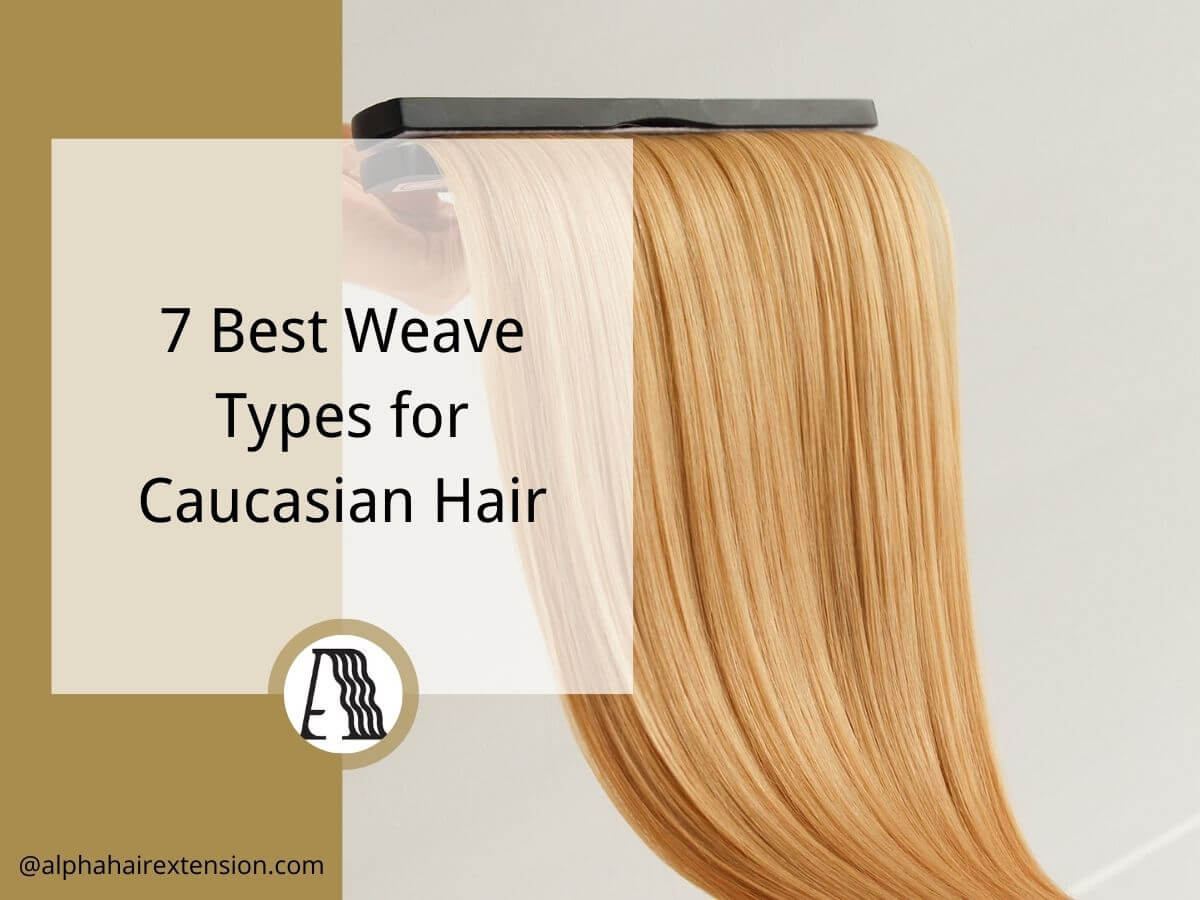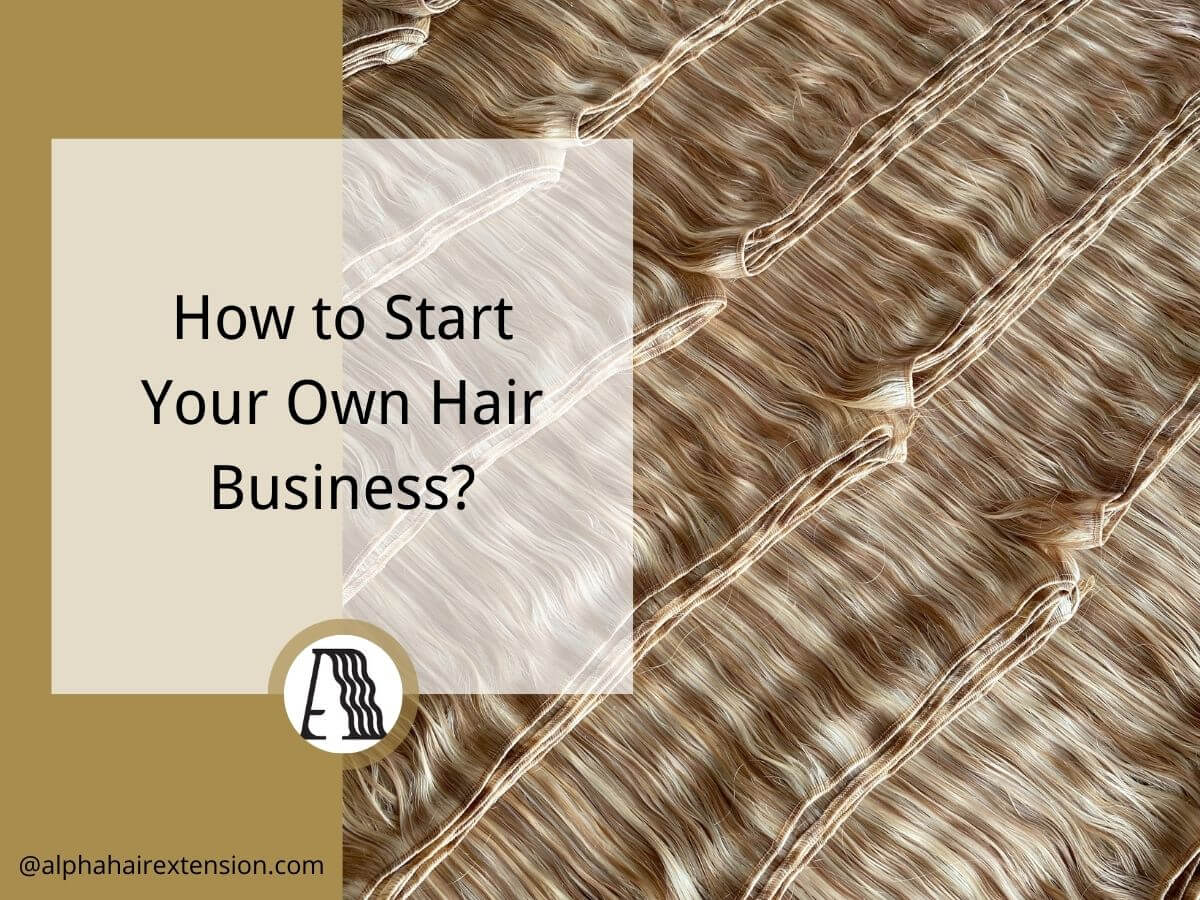I remember sitting in my small office, holding a sample bundle of hair that didn’t match the quality I was promised. It was the third supplier that month—and I was burning cash just trying to find one that delivered.
That moment made me realize this industry is full of opportunity, but also full of noise.
I’ve spent years building and scaling a hair extension brand from the ground up. From sourcing to sales, I’ve learned the exact steps that take a business from idea to income.
In this guide, you’ll get a full roadmap—no fluff, just what you need to start, grow, and scale your own hair extension brand. You’re here to launch a business, and this article will walk you through every step.
So, let’s get started!
Step#1 Conduct Market Research
Before you invest a single dollar in product or packaging, stop and ask yourself:
Do you actually know your market?
I didn’t.
At least not at first. I made the mistake of assuming I knew what people wanted—then spent months trying to recover from bad inventory choices and a marketing message that didn’t land.
You’re not just selling hair extensions. You’re building a brand that solves a real problem for your clients—salons, stylists, beauty retailers, or distributors. So here’s what you need to dig into first:
- Know Your Audience: Are you targeting upscale salons that demand 100% raw virgin hair? Or fast-paced beauty supply stores that need consistent, affordable stock? Whoever your audience is—study their buying habits, their pain points, and their expectations.
- Research Your Competitors: Who’s already winning in your niche? What are they doing well—and more importantly—what gaps are they leaving wide open? This is where your brand can sneak in and steal market share.
- Get Real Feedback: Reach out to salon owners. DM stylists. Talk to beauty supply managers. Ask them what they hate about current suppliers and what they wish someone would offer.
- Validate: It’s easy to fall in love with your ideas. But you’re not the buyer—your customers are. Make decisions based on data, not gut feelings.

Step#2 Develop a Business Plan
A solid business plan isn’t just for investors or banks. It’s for you. It’s the map that keeps you grounded when things get messy (and they will).
When I first started, I skipped this part. I thought, “I’ll figure it out as I go.” That mindset cost me time, money, and opportunities I wasn’t ready for. If you’re serious about building a real brand—not just a side hustle—then this step isn’t optional. Here’s what to focus on:
- Define Your Business Model: Clarity here will shape every part of your strategy, from pricing to marketing to packaging.
- Are you selling wholesale to salons?
- Private labeling for beauty retailers?
- Launching your own direct-to-consumer line with white-labeled inventory?
- Set Your Budget and Startup Costs: Hair inventory isn’t cheap. Neither is good packaging or branding. You need to know what you can afford before you start ordering samples or building a website. Break down costs for inventory, marketing, website, legal fees, packaging, and operations. Be real about it.
- Choose a Legal Structure: LLC, sole proprietorship, or corporation? This decision affects your taxes, liability, and credibility. Consult a business attorney or use a trusted filing service to make sure you’re protected.
- Create a Simple Financial Forecast: Estimate your monthly expenses, revenue goals, and profit margins. No need to overcomplicate—just keep it clear and realistic. This helps you make smarter decisions and scale without drowning in debt.
- Write It All Down: It doesn’t have to be a 50-page document. One or two pages that outline your business vision, structure, and numbers is enough to start. What matters is that you’re intentional—not winging it.

Step#3 Source High-Quality Hair Extensions
Let’s be real! Your product is your brand. You can have the best packaging, the smartest marketing, and the flashiest website. But if your hair sheds, tangles, or disappoints? You’re done.
I learned this the hard way. I once ordered bulk inventory from a “highly rated” supplier. On day one, it looked great. By week 2, customers were complaining and asking for refunds. That one mistake set me back months.
You don’t need just any supplier. You need the right one. Here’s how you find them:
- Identify the Type of Hair You Want to Sell: Raw hair, virgin hair, Remy, synthetic, know what you’re offering before you go supplier shopping. Each type comes with different sourcing standards, pricing, and customer expectations. This decision will define your brand’s quality and price point.
- Vet Suppliers Carefully: Don’t just rely on photos and promises. Ask questions. Get certifications. Ask for factory videos, ingredient/process lists, and sample references.
- Order and Test Samples: Always, always test the product. Wash it. Style it. Color it. Wear it. How does it behave over time? Does it match the specs they promised? If it fails you, it’ll fail your customers—and that’s your reputation on the line.
- Build a Strong Relationship With Your Supplier: This isn’t just a transaction. It’s a partnership. Suppliers who know you’re serious are more likely to offer better pricing, faster service, and custom options down the line.
- Don’t Rush Into Bulk Orders: It’s tempting to go all in on that first shipment—but don’t. Start small, build trust, and scale as you confirm consistency and quality. Protect your money. Protect your brand.
Where to Find Hair Extension Suppliers
If you’re wondering where to even start looking for suppliers, here are a few options that many B2B entrepreneurs begin with:
- Alibaba: A massive marketplace with thousands of hair vendors. Vet carefully, ask for factory verification, and always order samples before buying in bulk.
- IndiaMART: Great for sourcing Indian temple hair and raw human hair. You’ll find suppliers offering both wholesale and private label services.
- Trade Shows: Beauty trade shows like Bronner Bros. (USA), Cosmoprof (Global), or Hair & Beauty Expo (UK) are excellent for meeting suppliers in person and testing products on the spot.
- Private Label Companies: Some U.S.-based and international companies specialize in ready-to-brand hair with packaging services. This is ideal if you want speed and simplicity over sourcing raw bundles directly.
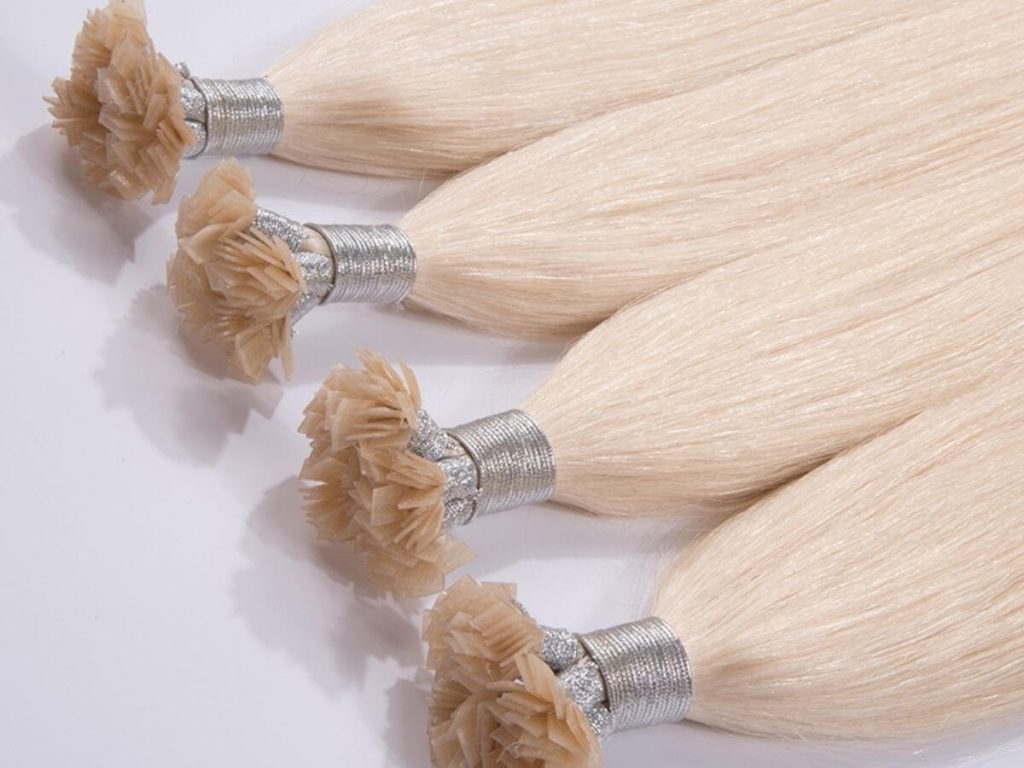
Step#4 Create Your Brand Identity
Your brand identity is more than a look—it’s a message. It tells your buyers who you are, what you stand for, and why they should trust you.
When I started my brand, I underestimated how much visual presentation and voice mattered—until I lost business to competitors with stronger branding but weaker products. That’s when I learned, that trust is built before the sale ever happens.
Let’s walk through how to build an identity that speaks volumes before you even open your mouth.
Design a Logo and Packaging
- Make Your Logo Intentional: Your logo should feel professional, not rushed or trendy. It’s your visual handshake, and in B2B, it’s often the first impression a distributor or salon owner will have of your brand.
- Use a Clean, Cohesive Design System: Stick to legible fonts and a limited, consistent color palette. Avoid overly decorative designs that won’t translate well on packaging or wholesale catalogs.
- Invest in Strong Packaging: Packaging reflects your brand quality—even in wholesale. It should protect your hair and elevate your perceived value at every level of distribution.
- Choose Materials That Match Your Market: Luxury brands need premium packaging. Volume-focused brands should still keep packaging professional and on-brand.
Choose a Brand Name and Tagline
- Make It Easy to Remember and Say: Your brand name should be simple, unique, and easy to pronounce. Avoid common buzzwords—stand out, don’t blend in.
- Align Your Name With Your Market: Are you targeting high-end salons or fast-paced retailers? Your brand name should reflect who you’re speaking to.
- Use a Clear, Powerful Tagline: A tagline is your brand’s promise in one sentence. Make it direct, emotional, or benefit-driven—whatever resonates with your audience.
- Secure Legal and Digital Ownership: Before you finalize your brand name, check domain availability, social handles, and trademarks. Protect your brand from day one.
Establish a Brand Voice and Aesthetic
- Define Your Brand Voice: Your voice is how your business sounds in writing and conversation. Keep it consistent across websites, emails, social media, and marketing materials.
- Match Your Tone to Your Market: Your tone should be confident, helpful, and human—not stiff or salesy. This is especially important in B2B where relationships matter.
- Build a Cohesive Visual Aesthetic: Your aesthetic is more than a logo—it’s the feel of your brand across platforms. From websites to packaging to pitch decks, every detail should match your identity.
- Create a Simple Brand Style Guide: Document your colors, fonts, voice, tone, and visual rules. This ensures everything your team or designers produce stays on-brand.

Step#5 Set Up Distribution Channels
Now that your brand is built and your product is ready, it’s time to figure out how you’ll get it into the hands of buyers. Distribution isn’t just logistics—it’s strategy.
The wrong setup can bottleneck your growth or eat into your margins. The right one? It keeps your operations smooth, scalable, and professional. Let’s break it down step-by-step:
Decide Between E-Commerce and Physical Retail
- Clarify Who You’re Selling To: Are you targeting salons, retail stores, stylists, or bulk buyers? This decision will guide whether you sell online, in-store, or both.
- Understand the Pros and Cons: E-commerce offers reach and lower overhead. Physical retail builds relationships and faster trust—especially in the B2B space.
- Consider a Hybrid Model: Many hair extension brands start online and expand into physical distribution later. Having both gives you flexibility and multiple revenue streams.
- Align Channels With Your Capacity: Can you handle direct orders daily, or are you better equipped to ship in bulk to salons and retailers? Start where you can deliver consistently.
Set Up Your Website
- Choose the Right E-Commerce Platform: Use platforms like Shopify, WooCommerce, or BigCommerce for full control and professional presentation. Make sure your store is mobile-optimized and easy to navigate.
- Present Your Products Clearly: Use high-quality visuals, clear product descriptions, and a size/texture guide. Your site should make it easy for wholesale buyers to understand what they’re getting.
- Add a Wholesale Portal or Application: If you’re selling, include a wholesale inquiry form or gated login for volume pricing. This helps you separate wholesale orders from retail traffic.
- Highlight Brand Trust Elements: Add testimonials, salon partnerships, certifications, and quality guarantees. Buyers want to know your brand is legitimate before they invest.
Choose Shipping and Fulfillment Partners
- Decide How You’ll Handle Inventory: Will you fulfill orders in-house or outsource to a fulfillment center?In-house gives you control; outsourcing gives you time and scale.
- Look Into Fulfillment Centers That Know Beauty: Choose a partner familiar with cosmetic and hair care packaging and logistics. They should be able to handle delicate packaging and maintain presentation standards.
- Set Shipping Policies and Pricing: Offer clear delivery times, tracking, and return policies. Wholesale clients, especially value reliability, are transparent and consistent.
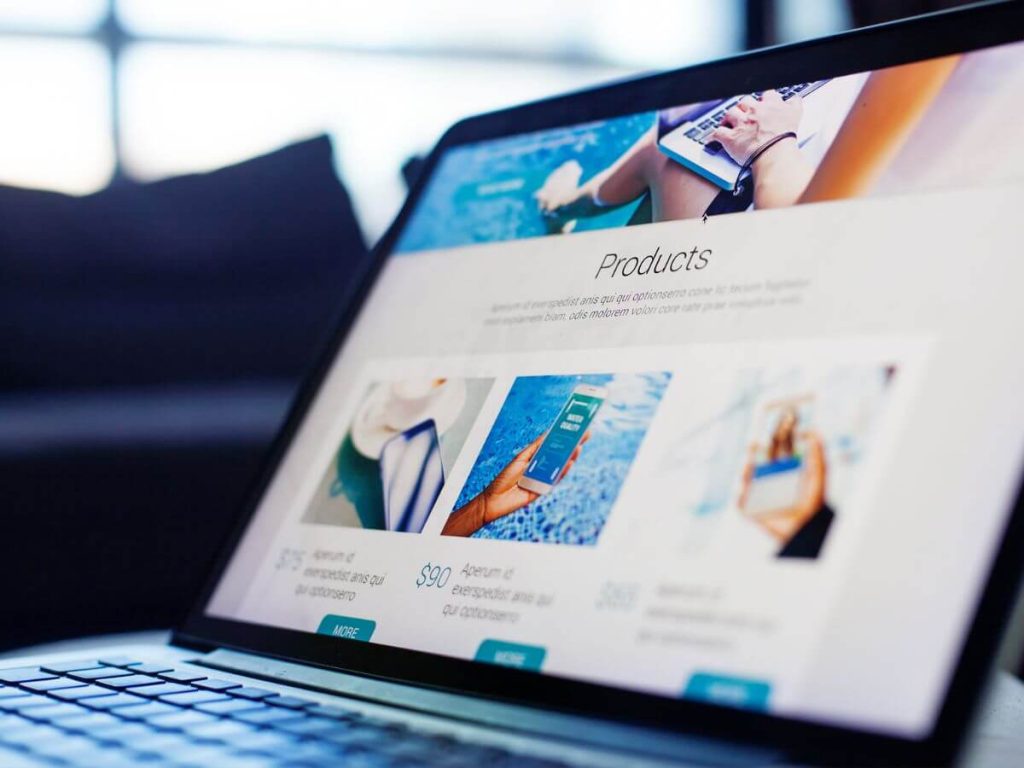
Step#6 Develop a Marketing Strategy
Marketing isn’t just about being seen—it’s about being remembered.
You can have the best product and a killer website, but if the right people never see it? You’re invisible. That was me in the early days—posting on social media, getting likes, but no buyers. Why? Because I wasn’t speaking to the right audience, in the right way, on the right channels.
This step is all about changing that. Let’s build a strategy that attracts real buyers, not just followers.
Define Your Target Audience and Message
- Know Exactly Who You’re Talking To: Are you speaking to salon owners, stylists, beauty retailers, or distributors? Each one has different goals, pain points, and buying habits.
- Tailor Your Message for B2B Buyers: Focus on product quality, reliability, and ROI. B2B buyers care about performance, availability, and support, not just beauty shots.
- Create Buyer Profiles: Build simple profiles for your key customers: Example: “Independent Stylist Sarah” or “Boutique Salon Owner James.” This makes your messaging feel personal and specific.
Build an Optimized Online Presence
- Optimize Your Website for Buyers: Make it easy to request a wholesale quote, book a call, or download a catalog. Use strong headlines, professional visuals, and benefit-focused copy.
- Create Valuable Content: Write blog posts, product guides, FAQs, and even downloadable pricing sheets. Educate your clients—don’t just sell to them.
Use Paid Ads and Social Media
- Run Targeted Paid Ads: Use Facebook, Instagram, Google, and even LinkedIn (for business buyers) to run highly targeted ad campaigns. Focus on benefits, testimonials, and trust-builders.
- Invest in Content That Converts: Short-form videos, product demos, behind-the-scenes clips, and salon use cases work extremely well for B2B. Make sure your visuals are high-quality and relevant to professional buyers.
- Don’t Chase Vanity Metrics: You don’t need a million followers—you need a few hundred decision-makers to know your name. Focus on engagement that leads to action.
Build Credibility and Trust in the Market
- Use Testimonials and Case Studies: Ask happy clients for reviews. Better yet—share before-and-after transformations, order turnaround stories, and partner shoutouts.
- Get Featured in Industry Platforms: Pitch your brand to salon blogs, beauty business podcasts, or trade publications. This builds authority and opens doors to partnerships.
- Leverage Influencer Relationships Wisely: Partner with hairstylists or salon owners who have loyal B2B audiences. Have them speak to the business value of working with your brand—not just the product itself.
Step#7 Maintain Product Quality
Here’s the truth: in this industry, your reputation rides on quality. You could have the best branding, the strongest marketing, and the most loyal buyers but one bad batch of hair can ruin it all.
I’ve had it happen. A supplier cut corners without telling me. The result? Returns, refund requests, and a few clients I never got back. After that, I changed how I approached quality, and you should, too. Let’s talk about how to protect your brand:
Establish Quality Standards and Control Systems
- Create a Product Checklist: Define exactly what you expect in every batch—length accuracy, weight, texture, smell, color consistency, packaging quality. Put it in writing and share it with your supplier.
- Inspect Every Shipment: Don’t rely on the supplier’s word. Check each batch when it arrives. Look for inconsistencies, packaging issues, and signs of processed hair if you’re buying virgin or raw.
- Set Up Quality Control Protocols: Whether you’re doing it in-house or using a fulfillment partner, there should be a final inspection before the product ships to your customer. 1 bad bundle in the box = 1 lost client.
Train and Educate Your Team
- Know Your Product Inside Out: Understand what separates high-quality hair from low-grade alternatives. That way, you can train your team—and spot issues before they reach the client.
- Create a Troubleshooting Guide: Make sure you and your staff know how to handle product concerns, returns, and replacements quickly. Being responsive builds trust and keeps clients from going elsewhere.
- Document Product Performance: Track feedback from buyers, stylists, and salon owners. If multiple people complain about shedding, tangling, or longevity—you’ll know it’s time to act.
Hold Suppliers Accountable
- Build Supplier Agreements: Have your quality standards included in your supplier contract. That way, if there’s an issue, you have leverage to request replacements or refunds.
- Audit Suppliers Regularly: Check in with your manufacturer every few months. Ask for videos of production, updated certifications, and production samples. It shows you’re watching—and that quality matters to your brand.
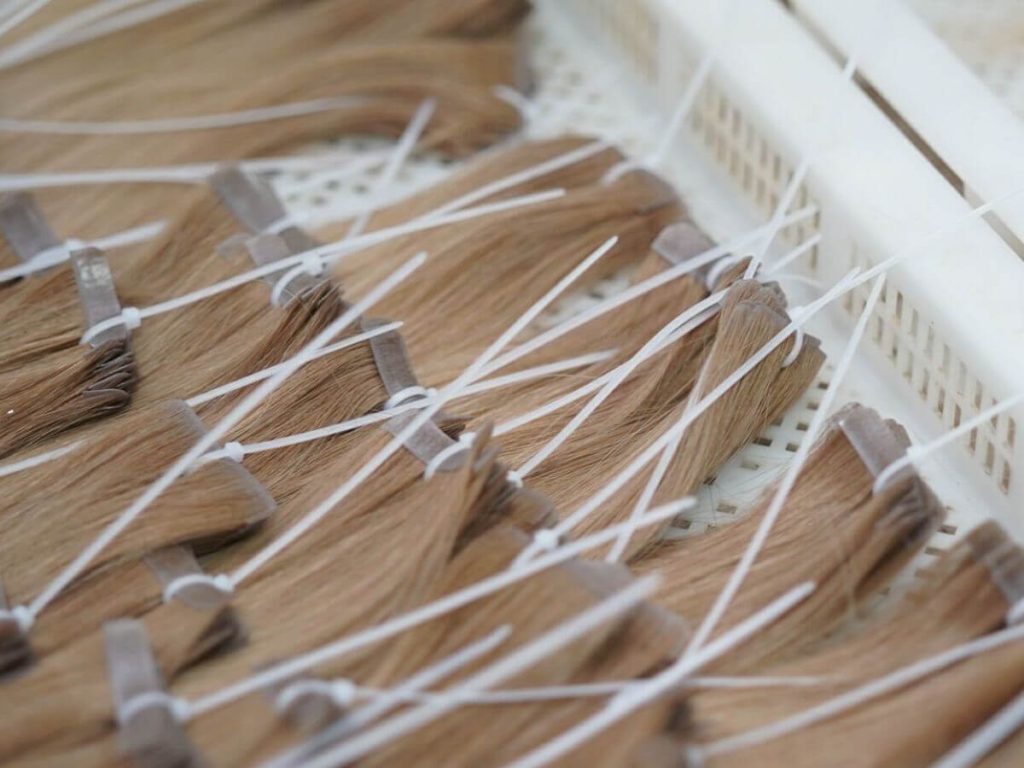
Step#8 Grow Your Business
Once your brand is live, your systems are in place, and your clients are happy, it’s time to do what you came here to do: scale.
Growth doesn’t just happen from working harder. It happens when you build smarter, expand strategically, and stay laser-focused on your buyers. Here’s how to take your hair extension business to the next level:
Expand Your Product Line
- Add New Lengths, Textures, or Colors: Start with your core offer—but don’t stop there. Introduce in-demand variants based on client feedback and market demand.
- Offer Add-On Products or Bundles: Include closure pieces, frontals, styling tools, or hair care accessories. The more value you offer, the more clients spend per order.
Build Strategic Partnerships
- Partner With Salons and Stylists: Create loyalty programs or exclusive pricing for stylists and salon owners who order frequently. They can become long-term brand ambassadors.
- Pitch to Retailers and Beauty Supply Stores: Have a professional pitch deck and wholesale catalog ready. Retail buyers need clear pricing, turnaround times, and terms to take you seriously.
- Offer Private Label Solutions: Many salons and beauty businesses want to sell their “own” brand. You can offer your product with their label, building another revenue stream with minimal extra cost.
Invest in Systems That Help You Scale
- Automate Where You Can: Use inventory tracking, automated email marketing, and streamlined order management to free up your time and reduce errors.
- Hire When You Hit Capacity: Outsource fulfillment, hire a VA for admin tasks, or bring on a sales rep to handle accounts. You can’t grow if you’re buried in day-to-day tasks.
- Use Data to Make Decisions: Track what’s selling, who’s buying, and when. Growth comes from clarity—not guessing.
Strengthen Your Brand Presence
- Level Up Your Visuals and Messaging: Reinvest in your brand identity as you grow. Stronger photos, refined copy, and consistent branding increase buyer confidence.
- Get Featured in Industry Media: Pitch to beauty business podcasts, trade magazines, or professional blogs. Visibility builds credibility, and credibility drives sales.

Conclusion
I started this journey with a few hair samples, no blueprint, and a lot of trial and error. You don’t have to do the same.
This guide walked you through what to do, where to start, and how to build a hair extension brand the right way—from research to launch, and beyond.
It’s your time to take action. You’ve got the steps. The only thing left is to begin.
So—what’s the one thing holding your business back right now?
Let’s talk it through. Contact us today and let’s bring your vision to life.
Explore More Helpful Resources
If you’re looking for more insights, we’ve put together a list of helpful articles that you might enjoy:
Still haven’t found what you’re looking for? Don’t hesitate to contact us. We’re available around the clock to assist you.


